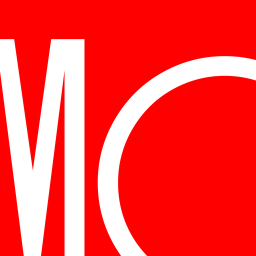JPMorgan U.S. Small Company continues to come with some open questions that limit its appeal.
Veteran manager Phil Hart has led this strategy since 2010, but the pieces around him have been in flux. Hart pilots the fundamental efforts on this strategy alongside comanagers Akash Gupta and recently promoted Robert Ippolito, while Wonseok Choi heads the quant group. These managers are all experienced, but their team has lost a few key pieces in recent years. In September 2021, fundamental comanager Lindsey Houghton departed after more than 15 years with J.P. Morgan. More recently in May 2023, quant comanager Jonathan Tse left the strategy, though he remains with the firm. The remaining team has the benefit of leaning upon some of J.P. Morgan's broader resources, but the increased turnover is a concern.
This strategy combines quantitative and fundamental elements to try to outperform the Russell 2000 Index; it is sensible and repeatable, but not very distinctive. It starts with a quantitative model that screens the Russell 2000 Index for stocks displaying the best combination of value, quality, and momentum characteristics. While it will look at some traditional metrics such as P/E for value, it also includes many advanced features such as natural language processing that analyzes earnings call transcripts for possible indications about quality and momentum. Ultimately, the model builds a diffuse portfolio of 350 to 500 stocks, which limits the strategy’s ability to stand out. Indeed, the fund's active share, a measure of portfolio differentiation from a benchmark, regularly ranks among the lowest in the small-blend Morningstar Category.
Under Hart's leadership, performance has been competitive. From Hart's start in November 2010 through October 2023, the fund's institutional shares returned 9.0%, slightly ahead of the Russell 2000 Index’s 8.3%. A recent stretch of strong performance helped these numbers, as the strategy posted its best 24-month period ended in December 2022. During that time, the strategy outpaced the index by a cumulative 10.5 percentage points, fueled by its quality and value tilts that were in favor.

